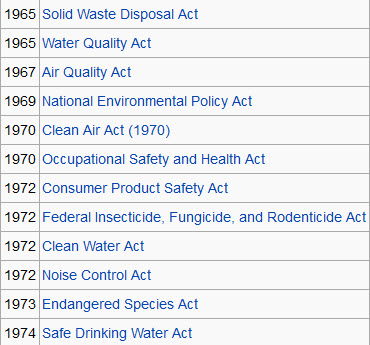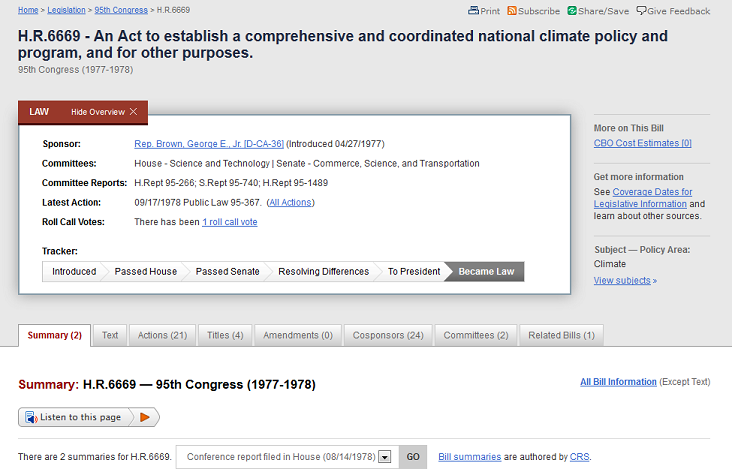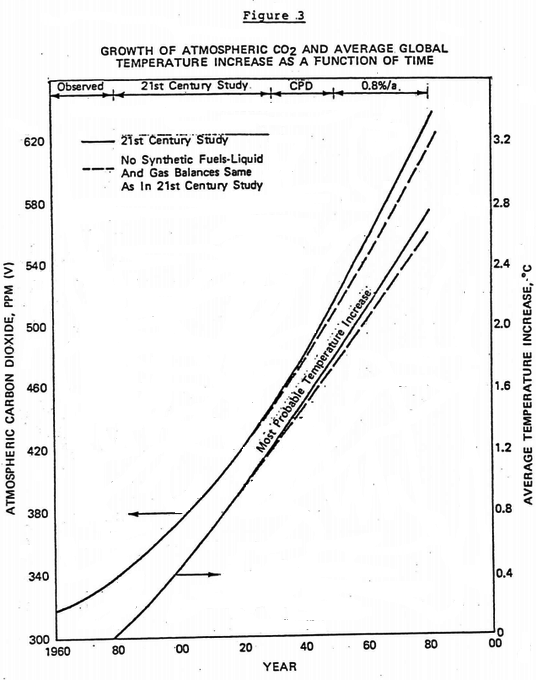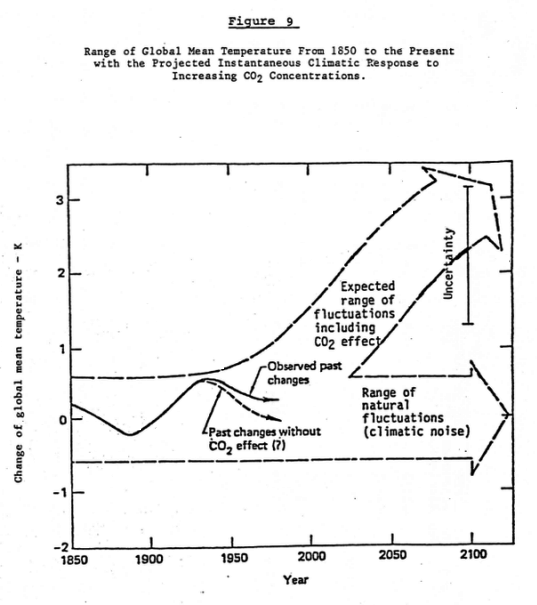File:SJS - May 26, 2021 Proxy memories.jpg
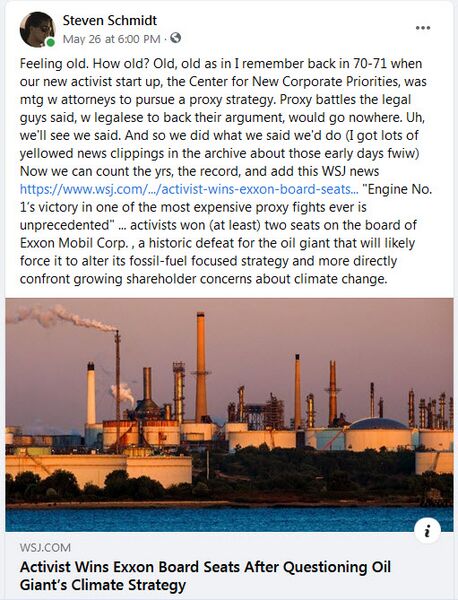
Original file (511 × 669 pixels, file size: 178 KB, MIME type: image/jpeg)
SJS:
In 1970 and 1971 a group of University of Southern California students started up the Center for New Corporate Priorities. The Center spun off of the Vietnam Moratorium Committee and then joined into the organizing of first Earth Day. Looking back, an origins story that spanned political boundaries can be clearly seen. A rising planet Earth on the cover of Life Magazine in January 1969 became iconic.
The modern environmental movement with revelations of Earthrise opened eyes to new challenges and possibilities. The beginnings of a new Earth Science and then results of multi-decadal Earth Science research from Space brought us never before appreciated connections and knowledge as planet citizens.
The years 1968-1971 changed forever our awareness as planet citizens, planet scientists.A 'whole earth vision' was springing up across borders of nations. A 360 perspective of the home planet was in the process of being created. Activists organizing was growing and shaping a new found environmental, green diversity.
At USC, our group of activist students was in many ways out in front pushing a pro-peace agenda. A Congressman named George E. Brown inspired your GreenPolicy360 siterunner and together with Senator Gaylord Nelson, we hoped a first Earth Day would 'shift the priorities' and change corporate 'business-as-usual'. We got to work doing this.... small steps with marches, ripples with waves to follow...
··············································
2020 Reflecting on the Early Days of Eco- and Whole Earth Awareness
Beginnings of the Modern Environmental Movement
On the 50th Anniversary
Memories on the Road to the First Earth Day
* https://www.greenpolicy360.net/w/Earth_Day_Memories_on_the_50th_Anniversary
* https://www.greenpolicy360.net/w/Category:Earth_Day
····························································
2007
Surviving Victory: Security Priorities
New Definitions of National Security
····························································
1971
The founding of the Center for New Corporate Priorities presented two initial campaigns. 'Proxy election fights' and 'corporate social responsibility' were featured in both actions for the next decade.
The idea gained traction: Corporate responsibility needed to be redefined.
We/the Center for New Corporate Priorities --
~ Mobilized a network of peace groups to continue anti-Vietnam war organizing and re-envision what an 'intelligent' (as opposed to self-defeating) national defense strategy will need to consist of ...
and
~ Opposed banking policies that segregated cities into lending and anti-lending zones... the Center for New Corporate Priorities published first-ever maps of US cities that identified "redlining" data and destructive banking practices. These redlining maps were then used by state legislatures to prevent discrimination that for decades had prevented wealth building thru real estate and economic development in poorer "redlined" neighborhoods in US cities...
·······································································
BANK OF AMERICA BIG COAST TARGET
Via the NY Times
May 1971
>The Center for New Corporate Priorities, started by students at the University of Southern California, has charged that the bank supports large farmers, thus repressing farm workers, and that it finances economic imperialism abroad, yet refuses to help minorities at home.
>The Center's major complaint, however, is the bank's involvement in Vietnam.
>Bank officials have many times “specifically rejected the charge that we as an institution support and profit from the war in Vietnam.” The bank also distributes personal statements by its officers who oppose the conflict.
>War Goods Are Financial
>Mr. Sullivan (of Bank of America) readily acknowledged, however, that “we finance many companies who produce goods and material used in the war.
>He added, “We have a role in letting our opinions be known about the war, but we shouldn't let those opinions cloud our banking decisions.”
>The root of the conflict between the bank and its critics is not over facts, but over premises. The bank continues to believe that “banking decisions” should be made, as Mr. Sullivan put it, on the basis of “economics, not politics.” Profit is still its major goal.
>To Ed Scanlon, of the Center for New Corporate Priorities, this attitude only “feeds the status quo” and does nothing to alter basic power relationships in the society. Louis B. Lundborg, who recently retired as chairman of the bank's board, recognized this cleavage in a speech last year.
>“We are facing a real honest-to‐God disenchantment,” he said, “not just a passing momentary flare‐up that will go away if we just keep it cool for a while.
>There is a new value system emerging in America, starting with the youth but becoming one of the new facts of life for the rest of us to deal with.”
🌎
A Modern Environmental Movement Is Born
File:1969 beginnings of the modern environmental movement.pdf
California and Environmental Politics in the US Congress: Out in Front
Green Appreciation for the Vision & Leadership of Two Browns from California -- 'George & Jerry'
California "Out in Front"
SJS / Siterunner: As many of us in the late 1960s on college campuses looked to the future, we began to press politicians to join with us in environmental protection. Young political leaders like California's Jerry Brown and George Brown joined in with the new environmental movement. I personally was fortunate to work with Jerry and George in many ventures, including envisioning and drafting of first green legislation. Jerry was soon to become Governor and earn the moniker of "Governor Moonbeam" for his visionary ideas, and George became a key leader in national science policy, becoming Chair of the science/technology/space committee in the US House of Representatives. Initiatives were put before presidents and Congress and passed due to overwhelming public support. 'Out in front' vision became models (as with many of GreenPolicy's green best practices network models) for cities/states/nations across the globe over the decades. The 1960s/70s/80s formative environmental years are a living legacy. Looking back we continue to see a platform of ideas and vision, a foundation that we are building on ...
Environmental Policy Laws: The Beginnings of a New Era
··········································
·······································································
The First National Climate Program Act
(Legislation Passed in 1978, key drafter/sponsor Representative George E. Brown (D), East Los Angeles)
National Climate Program Act, Public Law 95-367
National Climate Program Act of September 1978
In 1979 came the first follow-on National Science Academy climate science report. This study and report of national scientists was prescient and accurate in its global warming predictions.
··············································
Historic Climate Studies
GreenPolicy360: Go back to the beginning of climate science. Let us look at the work of Congressman George E. Brown and the Office of Science and Technology Policy - 1977
Beginnings of U.S. Climate Policy / National Climate Program Act - 1978
Energy Use & Climate Impact, National Academy of Sciences Study - 1977
Now let's look at what the fossil fuels industry, ExxonMobil, was examining and not revealing...
In 1982, in a climate science study that was not released to the public, ExxonMobil predicted that by 2019 the Earth's atmospheric CO2 level would reach about 415 parts per million, raising the global temperature roughly 0.9 degrees C.
In fact, the world crossed the 415 ppm threshold in 2019 and broke 0.9 degrees C in 2017.
Read More:
Exxon: The Road Not Taken
After eight months of investigation, InsideClimate News presented this history of Exxon’s engagement with the emerging science of climate change. The story spans four decades, and is based on primary sources including internal company files never before seen, interviews with former company employees, and other evidence.
It describes how Exxon conducted cutting-edge climate research decades ago and then pivoted to work at the forefront of climate denial, manufacturing doubt about the scientific consensus that its own scientists had confirmed.
🌎
Unprecedented environmental protection bills began a process that continues to this day...
Green, environmental public policies, a foundation on which to build sustainable quality of life...
Wikipedia / Environmental Policy of the United States
Water quality act
Air quality act
National environmental policy act
Clean air act (extended 1970)
Occupational safety and health act
Consumer product safety act
Federal insecticide, fungicide and rodenticide act
Clean water act
Noise control act
Endangered species act
Safe drinking water act
🌎
File history
Click on a date/time to view the file as it appeared at that time.
| Date/Time | Thumbnail | Dimensions | User | Comment | |
|---|---|---|---|---|---|
| current | 15:33, 30 May 2021 |  | 511 × 669 (178 KB) | Siterunner (talk | contribs) |
You cannot overwrite this file.
File usage
The following 3 pages use this file:
- Best Practices
- City Governments
- City-County Governments
- Eco-nomics
- Economic Development
- Economic Justice
- Environmental Protection
- Environmental Security
- Fossil Fuels
- Global Security
- Green Best Practices
- Green Graphics
- Green Politics
- New Economy
- Peace
- Planet Citizen
- Planet Citizens
- Planet Citizens, Planet Scientists
- Social Justice
- Strategic Demands
- Youth
